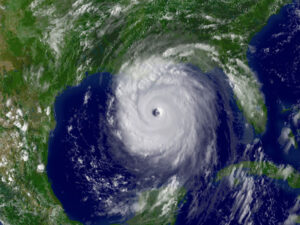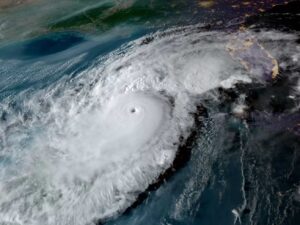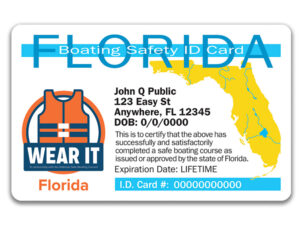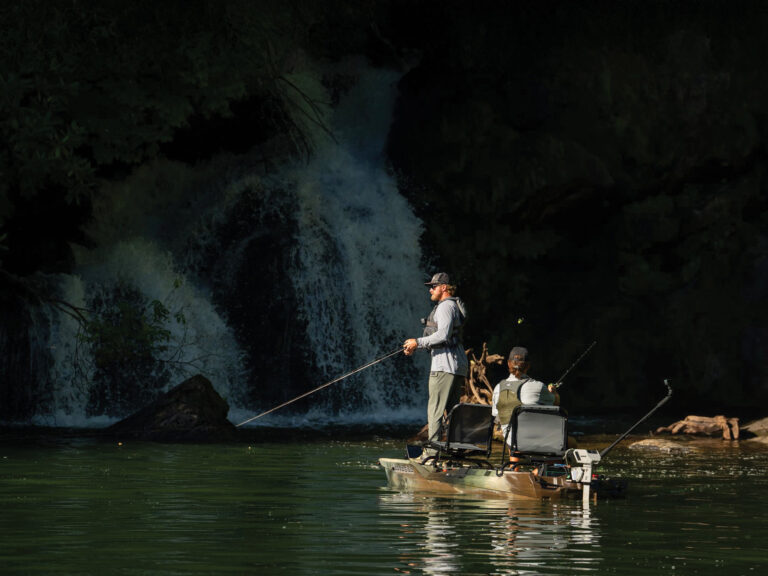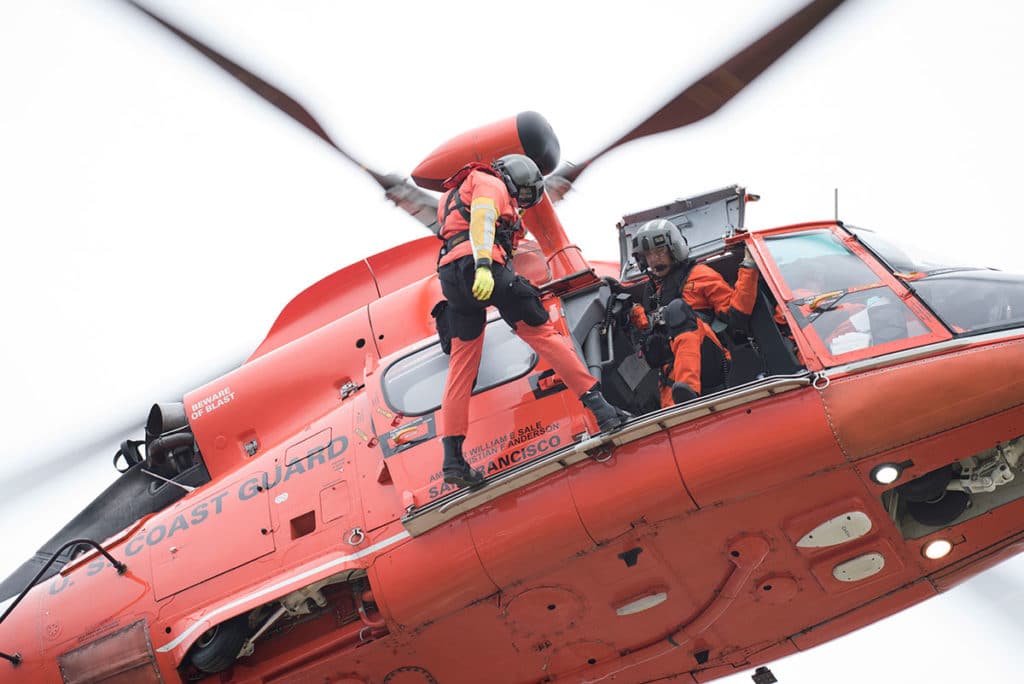
When writing this column, if I’m not inspired by a page from my personal boating log, there is usually an incident that comes to my attention from a variety of sources.
It’s an advantage of heading the world’s largest powerboat magazine. But this month, I found myself fishing for a topic, so I turned to the Coast Guard News, specifically its reports of boating safety and search and rescue.
Reading just one month’s worth of published incident reports proved enough to conclude that preparedness can save the lives of boaters. Let’s take a look at April 2017 through the eyes of those who called for help on the water during the month and show what we can learn.
Baileys Mistake, Maine: A man who flipped his kayak in cold water survived because he wore a survival suit, possessed a waterproof VHF radio with which he could call the Coast Guard, and carried a rescue beacon. The beacon “knew his location,” stated the report, even when he, possibly disoriented, didn’t. Certainly, if a guy in a kayak can afford great gear, those of us with actual machinery-propelled boats should have little excuse with respect to safety equipment.
Yankeetown, Florida: Four family members were rescued 15 miles out in the Gulf of Mexico after a concerned family member called the U.S. Coast Guard when the quartet of boaters did not return on time. Their 18-foot boat had broken down, and the four, who ranged between 40 and 71 years of age, were suffering from hypothermia. Warm clothes stowed in a vacuum bag, or lidded bucket, can be used to stave off hypothermia, and filing a float plan might have made rescue speedier. I file float plans via the U.S. Coast Guard app, just one of many great reasons to download this helpful tool.
Corpus Christi, Texas: After capsizing in 3 feet of water, four people not wearing life jackets could not be rescued by Coast Guard small-boat crews due to the shallow depth of water. Instead, a helicopter was dispatched and airlifted the boaters to safety. Not all Coast Guard craft and crews can go into shallow water, though some can. At times, towing services, such as Sea Tow, will be the ones enlisted to pull shallow-water victims out to a depth where on-scene Coasties can take over. Good to remember if you are ever involved in a shoal-area emergency.
Boulder Island, Washington: Three boaters were airlifted from the rocks they clambered atop after their 46-foot boat ran hard aground. Just prior to the grounding, the trio narrowly missed striking a Coast Guard response boat-medium that happened to be on patrol in the area. If ever there was a case to prove the value of keeping a proper lookout, this incident is it.
Experience and knowledge play a big part in applying seamanship. But as these incidents show, a good seaman also makes sure that his boat and his crew are equipped to survive. Good seamanship demands that we procure both kinds of “the right stuff.”

